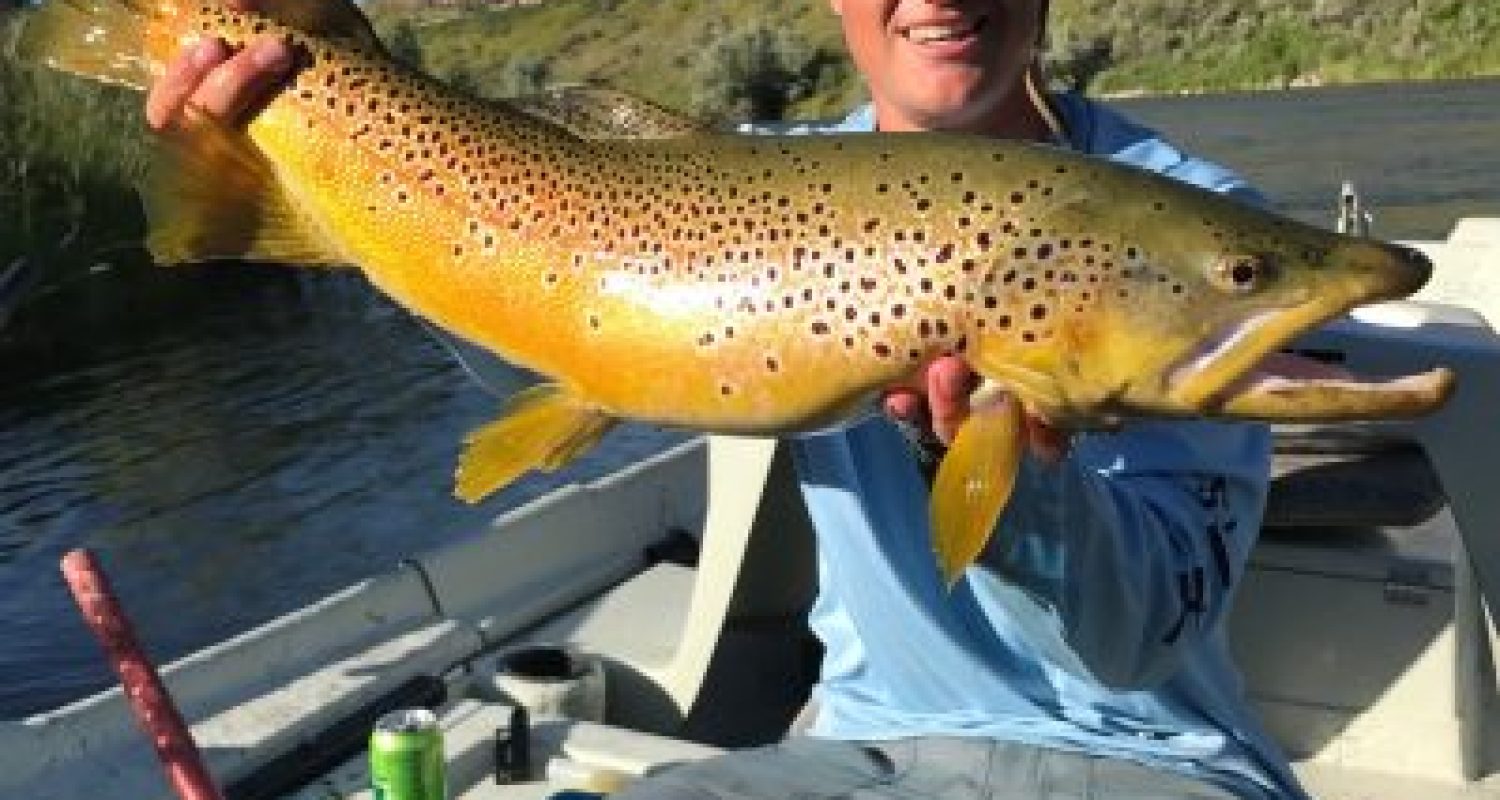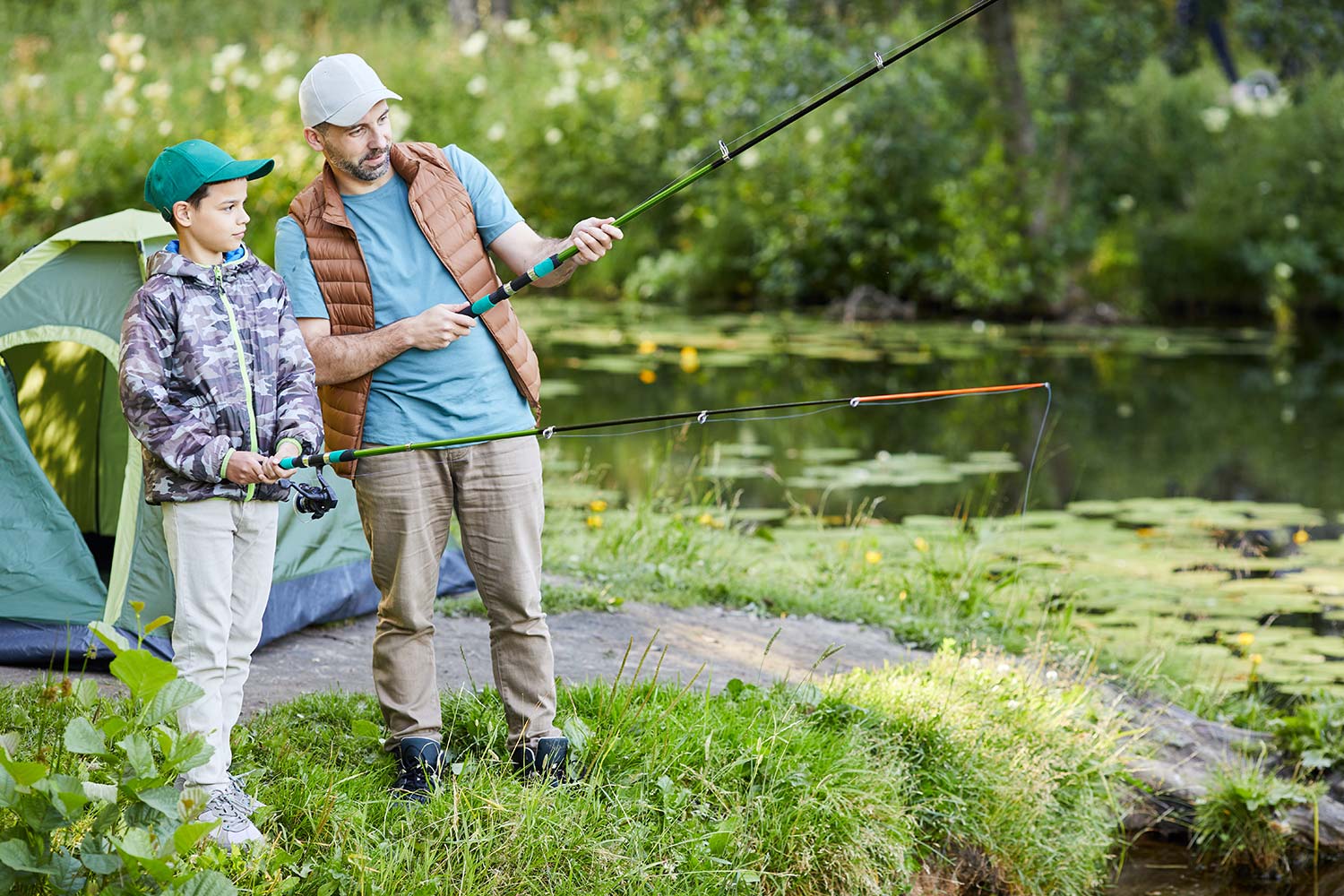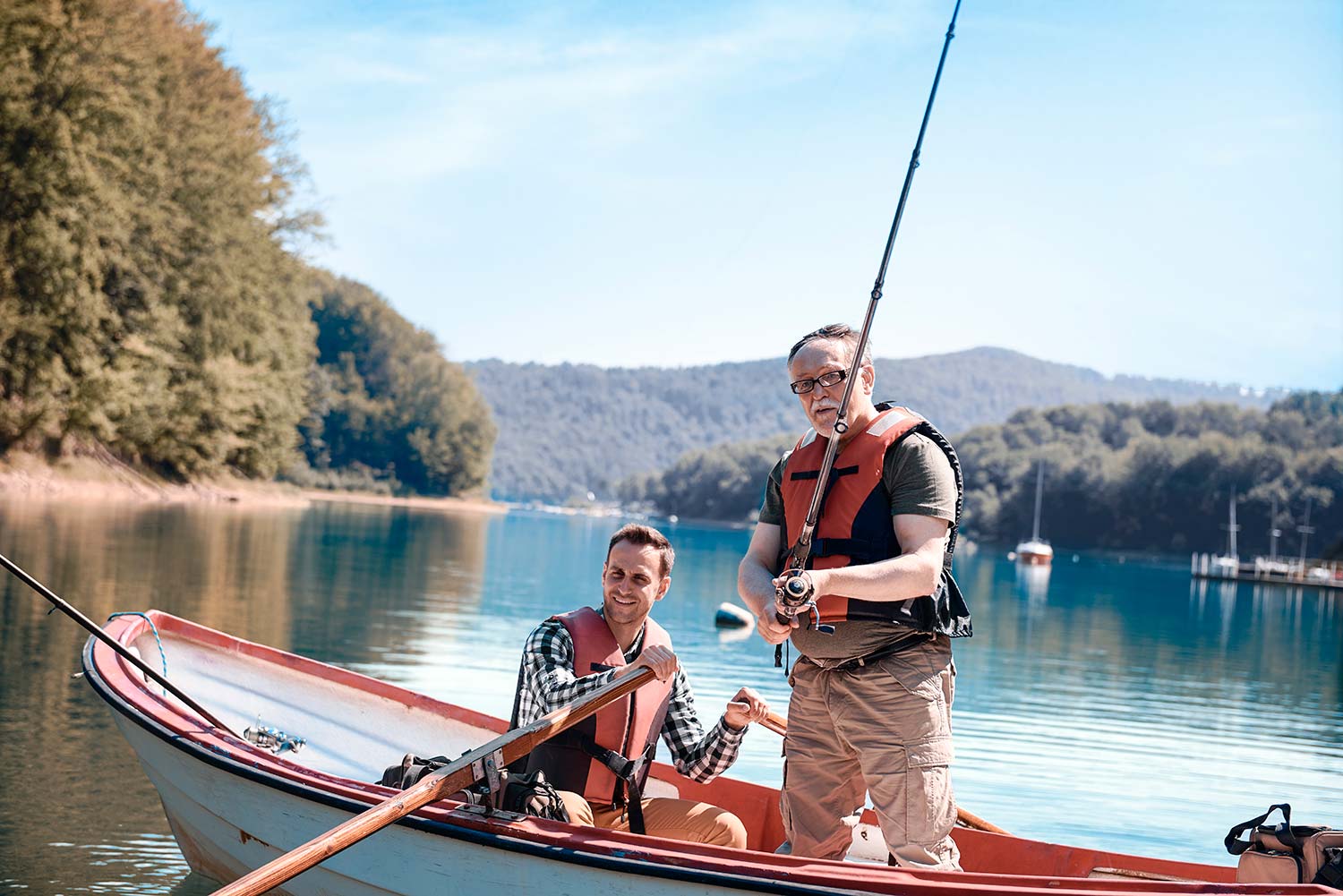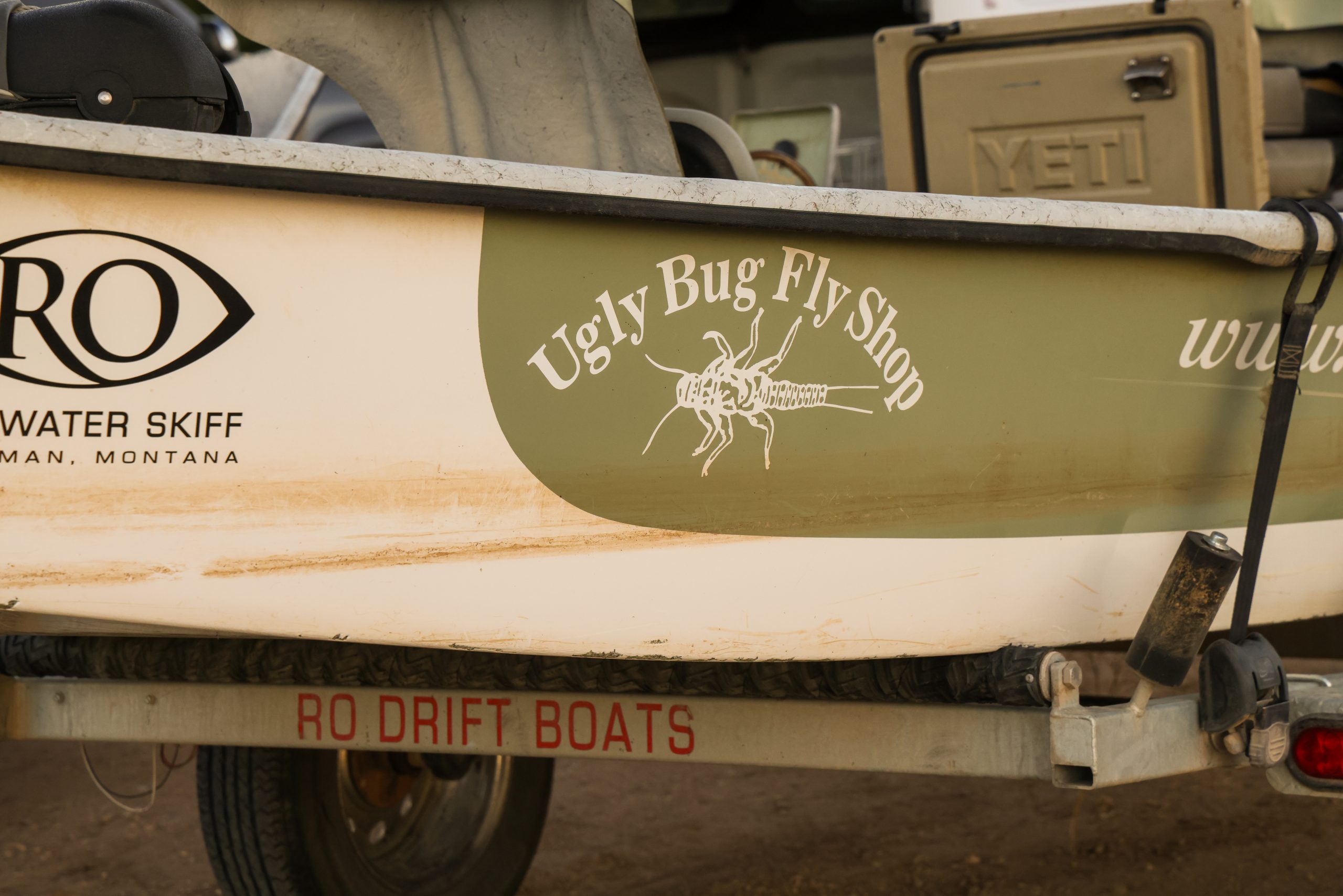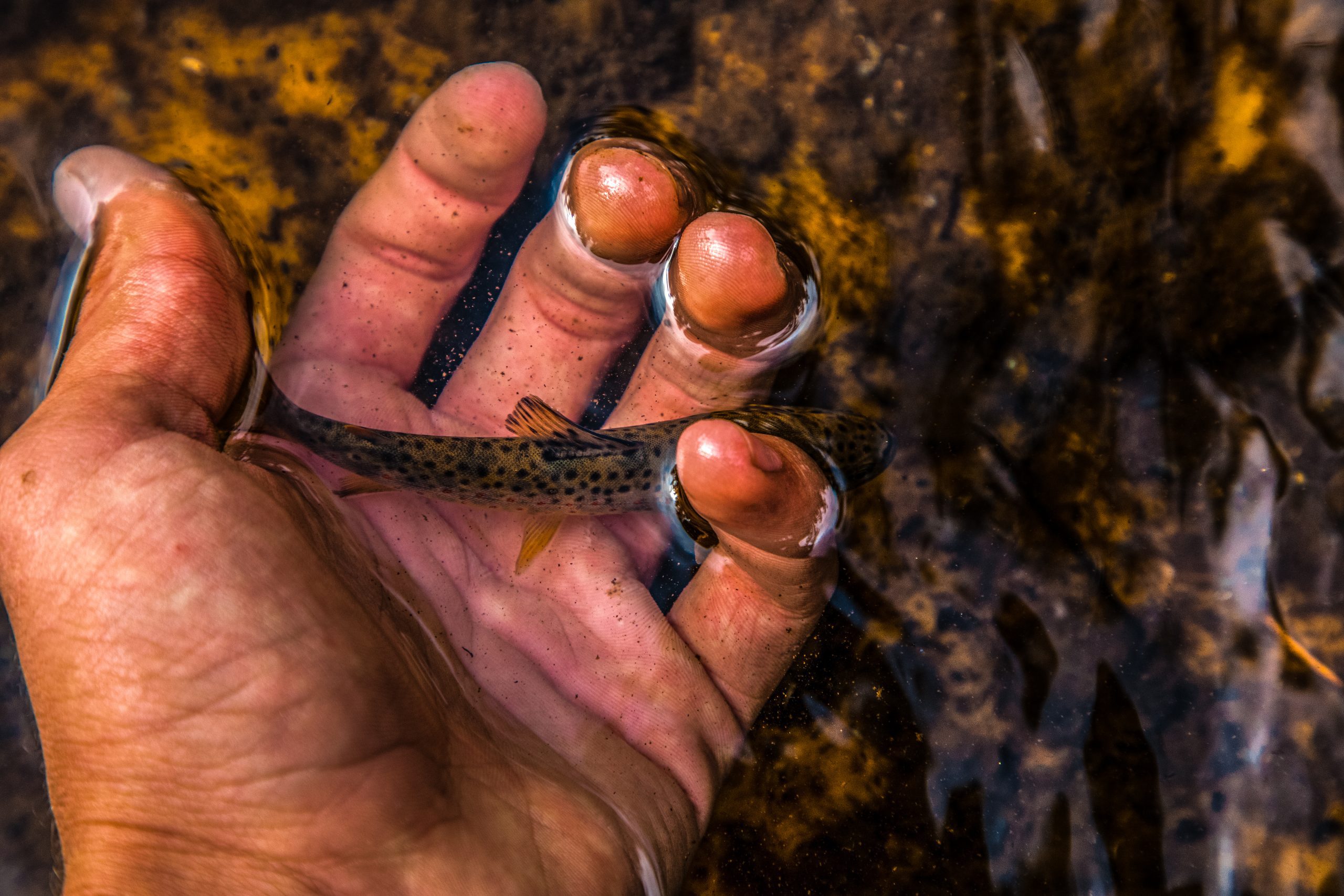
Butter-belly, brown, slab o’ butta, gator, bar of gold, German brown, brownie, loch trout, truite fario– whatever you call them, Brown Trout are one of the most popular and widespread game fish in the world. From here in Casper, Wyoming, to Patagonia, to the Great Lakes, to North Africa, to Western Asia, Salmo trutta are found almost everywhere, inhabiting six continents and numerous countries around the globe.
Brown trout may be found on every continent besides Antarctica, but most of their modern range is due to introduction. Their native range spans from Iceland to the Ural Mountains down to the Atlas Mountains in Africa. Browns were introduced to the United states in 1883 in Baldwin, Michigan with eggs from Germany. These trout and many other populations in the United States have become so naturalized that they are completely wild and have found their happy niche in the food chain.
Brownies are fall spawners. Shorter days and lower water temperatures in the 44-48 degree range trigger the reproduction instincts of Salmo trutta, generally this time is around the month of November locally here on the Platte. Females select the site of the redd and dig the redd, males battle for the right to pass on their genetics. When the female is ready to drop her eggs a male will come up next to her and as the female releases eggs the male releases sperm or milt that fertilizes the eggs. The female then will fan gravel over the redd and leave. Males may hang around the redd for a while protecting it, but will also soon leave.
The fertilized eggs take anywhere from 40 to 120 days to hatch, depending on water temperature. The hatched out fry subsist off of their attached yolk sac for several days, but when all of the nutrients have been absorbed they move to feeding on tiny invertebrates in shallow, slow-moving water. It is during this time that fry are highly susceptible to predation from other fish, birds, and aquatic insects. Fry quickly grow into parr and move to a standard trout diet.

Browns grow faster than most other species of trout. Brown trout usually will attain a length of 6-7 inches in their first year, and double that by their second year. By the time a brown reaches the 12-14 inch mark their diet changes and they begin primarily feeding on other fish, even cannibalizing their own species. When a brown grows to 20 inches their diet is almost entirely piscavorious (fish eating). This piscavorious diet leads browns to be long-lived, sometimes reaching 20 years old and a tremendous size.
This time of year it is crucial to take care of our brown trout. They are feeding heavily to prepare for the energy demands of spawning, which means we, as anglers will be catching more of the lovely buttery brown that we love, but all of us need to take measures to ensure that these fish will swim away healthy and ready to procreate. Fighting fish quickly and releasing as soon as possible will ensure the fish does not encounter any more stress than is necessary. As the temperature cools it becomes increasingly important to keep fish wet as their soft tissue in the eyes and gills freeze quickly and easily. In addition the layer of protective slime that coats all fish can be damaged by abrasion from ice, snow, rocks, grass and net bags, so as important as that “hero shot” may be, think about the trout first when taking pictures.
What are “Redds” and how do I avoid them? Redds are the “nests” created by spawning fish. Until the fry hatch and move away from the redd it is critical to avoid disturbing them. Eggs and fry can be damaged or killed from anglers and animals walking through redds, and as they are often in shallow water, drift boat hulls and anchors scraping across them can also cause severe damage. A single female brown trout may lay 2,000 eggs in the same redd, so the effects of damaging even a single one can be catastrophic to the local population of browns.

Redds can be easy to identify or nearly impossible. Depending on the size of the female trout digging the redd, the size can vary tremendously from a few square inches to several square feet. Because the female fans away silt the redds are often lighter in color than the rest of the surrounding gravel. They are usually dug in water less than chest deep down to only a few inches deep. The best way to avoid them is to be observant, stay out of prime spawning locations and give redds and spawning fish a wide berth.
Fish may often be seen on the redds and behind them. It is very important not to disturb these fish. These fish are creating the next generation of brown trout for us as anglers to enjoy. As tempting as it may be when you can see a 30 inch brown in a foot of water, do not attempt to catch them. Spawning is incredibly stressful and physically demanding on trout, and any interference can cause mortality. Just leave them alone.
-Justin
Quote of the day:
“Fly fishing is the most fun you can have standing up.”
-Arnold Gingrich

